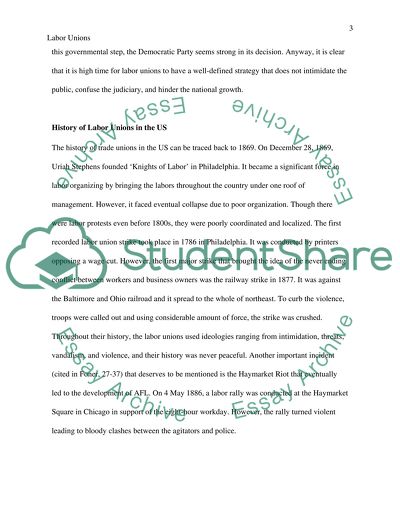Cite this document
(“Major project Research Paper Example | Topics and Well Written Essays - 3750 words”, n.d.)
Retrieved from https://studentshare.org/family-consumer-science/1414668-major-project
Retrieved from https://studentshare.org/family-consumer-science/1414668-major-project
(Major Project Research Paper Example | Topics and Well Written Essays - 3750 Words)
https://studentshare.org/family-consumer-science/1414668-major-project.
https://studentshare.org/family-consumer-science/1414668-major-project.
“Major Project Research Paper Example | Topics and Well Written Essays - 3750 Words”, n.d. https://studentshare.org/family-consumer-science/1414668-major-project.


